A System for the Direct Monitoring of Biological Objects in an Ecologically Balanced Zone
Abstract
:1. Introduction
2. Materials and Methods
2.1. A System for the Proximal Sensing of Apple Orchards
2.2. Robotic Platform on Board the Control System and the Sensors
3. Results and Discussion
3.1. Construction of 3D and 2D Maps of the Orchard
3.2. Hyperspectral Monitoring of Fruit Condition
3.3. Detection of Apple Damages in Hyperspectral Images
4. Conclusions
Author Contributions
Funding
Data Availability Statement
Acknowledgments
Conflicts of Interest
References
- Ismail, I.W.; Hudzari, R.M.; Saufi, K.M.; Fung, L.T. Computer-controlled system for autonomous tractor in agricultural application. J. Food Agric. Environ. 2012, 10, 350–356. [Google Scholar] [CrossRef]
- Jorgensen, R.; Sorensen, C.; Maagaard, J.; Havn, I. HortiBot: A System Design of a Robotic Tool Carrier for High-tech Plant Nursing. CIGR J. 2007, IX, 1–13. Available online: https://cigrjournal.org/index.php/Ejounral/article/view/937/931 (accessed on 17 November 2022).
- Keresztes, B.; Germain, C.; Da Costa, J.-P.; Grenier, G.; Beaulieu, X.D. Vineyard Vigilant & INNovative Ecological Rover (VVINNER): An autonomous robot for automated scoring of vineyards. In Proceedings of the International Conference of Agricultural Engineering, Zurich, Switzerland, 6–10 July 2014; Available online: http://www.geyseco.es/geystiona/adjs/comunicaciones/304/C04230001.pdf (accessed on 17 November 2022).
- Biber, P.; Weiss, U.; Dorna, M.; Albert, A. Navigation System of the Autonomous Agricultural Robot BoniRob. In Proceedings of the International Conference of Agricultural Engineering, Zurich, Switzerland, 6–10 July 2014; Volume 72. Available online: https://www.cs.cmu.edu/~mbergerm/agrobotics2012/01Biber.pdf (accessed on 17 November 2022).
- Utstumo, T.; Urdal, F.; Brevik, A.; Dørum, J.; Netland, J.; Overskeid, Ø.; Berge, T.W.; Gravdahl, J.T. Robotic in-row weed control in vegetables. Comput. Electron. Agric. 2018, 154, 36–45. [Google Scholar] [CrossRef]
- Ampatzidis, Y.; De Bellis, L.; Luvisi, A. iPathology: Robotic applications and management of plants and plant diseases. Sustainability 2017, 9, 1010. [Google Scholar] [CrossRef] [Green Version]
- Zhong, Y.; Gao, J.; Lei, Q.; Zhou, Y. A vision-based counting and recognition system for flying insects in intelligent agriculture. Sensors 2018, 18, 1489. [Google Scholar] [CrossRef] [Green Version]
- Qin, J.; Lu, R. Measurement of the optical properties of fruits and vegetables using spatially resolved hyperspectral diffuse reflectance imaging technique. Postharvest Biol. Technol. 2008, 49, 355–365. [Google Scholar] [CrossRef]
- Safronov, I.S.; Neplueva, A.A.; Ushakov, I.V. Mechanical Properties of Laser Treated Thin Sample of an Amorphous-Nanocrystalline Metallic Alloy Depending on the Initial Annealing Temperature. Defect Diffus. Forum 2021, 410, 489–494. [Google Scholar] [CrossRef]
- Ushakov, I.V.; Safronov, I.S. Directed changing properties of amorphous and nanostructured metal alloys with help of nanosecond laser impulses. CIS Iron Steel Rev. 2021, 22, 77–81. [Google Scholar] [CrossRef]
- Safronov, I.S.; Ushakov, I.V.; Minaev, V.I. Influence of Environment at Laser Processing on Microhardness of Amorphous-Nanocrystalline Metal Alloy. Mater. Sci. Forum 2022, 1052, 50–55. [Google Scholar] [CrossRef]
- Samat, A.; Li, E.; Liu, S.; Miao, Z.; Wang, W. Ensemble of ERDTs for Spectral–Spatial Classification of Hyperspectral Images Using MRS Object-Guided Morphological Profiles. J. Imaging 2020, 6, 114. [Google Scholar] [CrossRef]
- Liu, J.; Wu, Z.; Xiao, Z.; Yang, J. Classification of Hyperspectral Images Using Kernel Fully Constrained Least Squares. ISPRS Int. J. Geo-Inf. 2017, 6, 344. [Google Scholar] [CrossRef]
- Tian, X.; Li, J.; Wang, Q.; Fan, S.; Huang, W. A bi-layer model for nondestructive prediction of soluble solids content in apple based on reflectance spectra and peel pigments. Food Chem. 2018, 239, 1055–1063. [Google Scholar] [CrossRef] [PubMed]
- Lou, Y.; Sun, R.; Cheng, J.; Qiao, G.; Wang, J. Physical-Layer Security for UAV-Assisted Air-to-Underwater Communication Systems with Fixed-Gain Amplify-and-Forward Relaying. Drones 2022, 6, 341. [Google Scholar] [CrossRef]
- Hu, W.; Sun, D.W.; Blasco, J. Rapid monitoring 1-MCP-induced modulation of sugars accumulation in ripening Hayward kiwifruit by Vis/NIR hyperspectral imaging. Postharvest Biol. Technol. 2017, 125, 159–168. [Google Scholar] [CrossRef]
- Van Beers, R.; Aernouts, B.; Watté, R.; Schenk, B.; Nicolaï, A.; Saeys, W. Effect of maturation on the bulk optical properties of apple skin and cortex in the 500–1850 nm wavelength range. J. Food Eng. 2017, 214, 79–89. [Google Scholar] [CrossRef]
- ElMasry, G.; Wang, N.; Vigneault, C. Detecting chilling injury in Red Delicious apple using hyperspectral imaging and neural networks. Postharvest Biol. Technol. 2009, 52, 1–8. [Google Scholar] [CrossRef]
- Teena, M.A.; Manickavasagan, A.; Ravikanth, L.; Jayas, D.S. Near infrared (NIR) hyperspectral imaging to classify fungal infected date fruits. J. Stored Prod. Res. 2014, 59, 306–313. [Google Scholar] [CrossRef]
- Xie, C.; Yang, C.; He, Y. Hyperspectral imaging for classification of healthy and gray mold diseased tomato leaves with different infection severities. Comput. Electron. Agric. 2017, 135, 154–162. [Google Scholar] [CrossRef]
- Ou, W.; Wu, T.; Li, J.; Xu, J.; Li, B. RREV: A Robust and Reliable End-to-End Visual Navigation. Drones 2022, 6, 344. [Google Scholar] [CrossRef]
- Sun, M.; Zhang, D.; Liu, L.; Wang, Z. How to predict the sugariness and hardness of melons: A near-infrared hyperspectral imaging method. J. Chem. Eng. 2017, 218, 413–421. [Google Scholar] [CrossRef]
- Baranowski, P.; Mazurek, W.; Pastuszka-Woźniak, J. Supervised classification of bruised apples with respect to the time after bruising on the basis of hyperspectral imaging data. Postharvest Biol. Technol. 2013, 86, 443–455. [Google Scholar] [CrossRef]
- Munera, S.; Amigo, J.M.; Blasco, J.; Cubero, S.; Talens, P.; Aleixos, N. Ripeness monitoring of two cultivars of nectarine using VIS-NIR hyperspectral reflectance imaging. J. Food Eng. 2017, 214, 29–39. [Google Scholar] [CrossRef]
- Li, X.; Liu, Y.; Jiang, X.; Wang, G. Supervised classification of slightly bruised peaches with respect to the time after bruising by using hyperspectral imaging technology. Infrared Phys. Technol. 2021, 113, 103557. [Google Scholar] [CrossRef]
- Pershina, J.S.; Kazdorf, S.Y.; Lopota, A.V. Methods of Mobile Robot Visual Navigation and Environment Mapping. Optoelectron. Instrum. Data Process. 2019, 55, 181–188. [Google Scholar] [CrossRef]
- Hayajneh, M.; Al Mahasneh, A. Guidance, Navigation and Control System for Multi-Robot Network in Monitoring and Inspection Operations. Drones 2022, 6, 332. [Google Scholar] [CrossRef]
- Kulik, A.; Dergachov, K.; Radomskyi, O. Binocular technical vision for wheeled robot controlling. Transp. Probl. 2015, 10, 55–62. [Google Scholar] [CrossRef]
- Chaumette, F.; Hutchinson, S.; Corke, P. Visual Servoing; Springer Handbook of Robotics; Jorge Pomares, Department of Physics, Systems Engineering and Signal Theory; University of Alicante: Alicante, Spain, 2016; ISSN 2079-9292. [Google Scholar]
- Pomares, J. Visual Servoing in Robotics; Systems Engineering and Signal Theory; University of Alicante: Alicante, Spain, 2021; pp. 1–141. [Google Scholar]
- Zhang, Z.; Li, P.; Zhao, S.; Lv, Z.; Du, F.; An, Y. An adaptive vision navigation algorithm in agricultural IoT system for smart agricultural robots. Comput. Mater. Contin. 2021, 66, 1043–1056. [Google Scholar] [CrossRef]
- Li, J.; Yin, J.; Deng, L. A robot vision navigation method using deep learning in edge computing environment. EURASIP J. Adv. Signal Process. 2021, 2021, 22. [Google Scholar] [CrossRef]
- Rovira-Mas, F.; Saiz-Rubio, V.; Cuenca-Cuenca, A. Augmented Perception for Agricultural Robots Navigation. IEEE Sens. J. 2021, 21, 11712–11727. [Google Scholar] [CrossRef]
- Vilkas, E.I. Axiomatic Definition of the Value of a Matrix Game. Theory Probab. Its Appl. 1963, 8, 324–327. [Google Scholar] [CrossRef]
- Norde, H.; Voorneveld, M. Axiomatizations of the Value of Matrix Games; CentER Discussion Paper; Tilburg University: Tilburg, The Netherlands, 2003; Volume 17, pp. 1–9. ISSN 0924-7815. [Google Scholar]
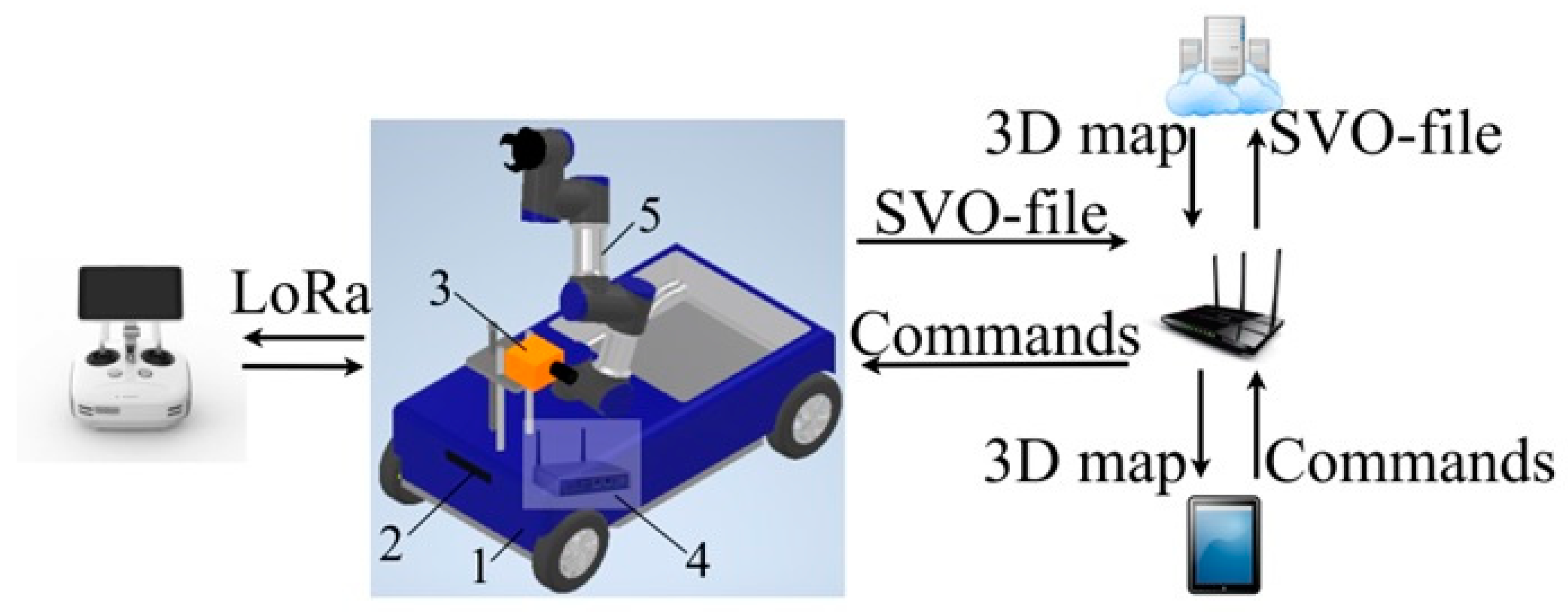






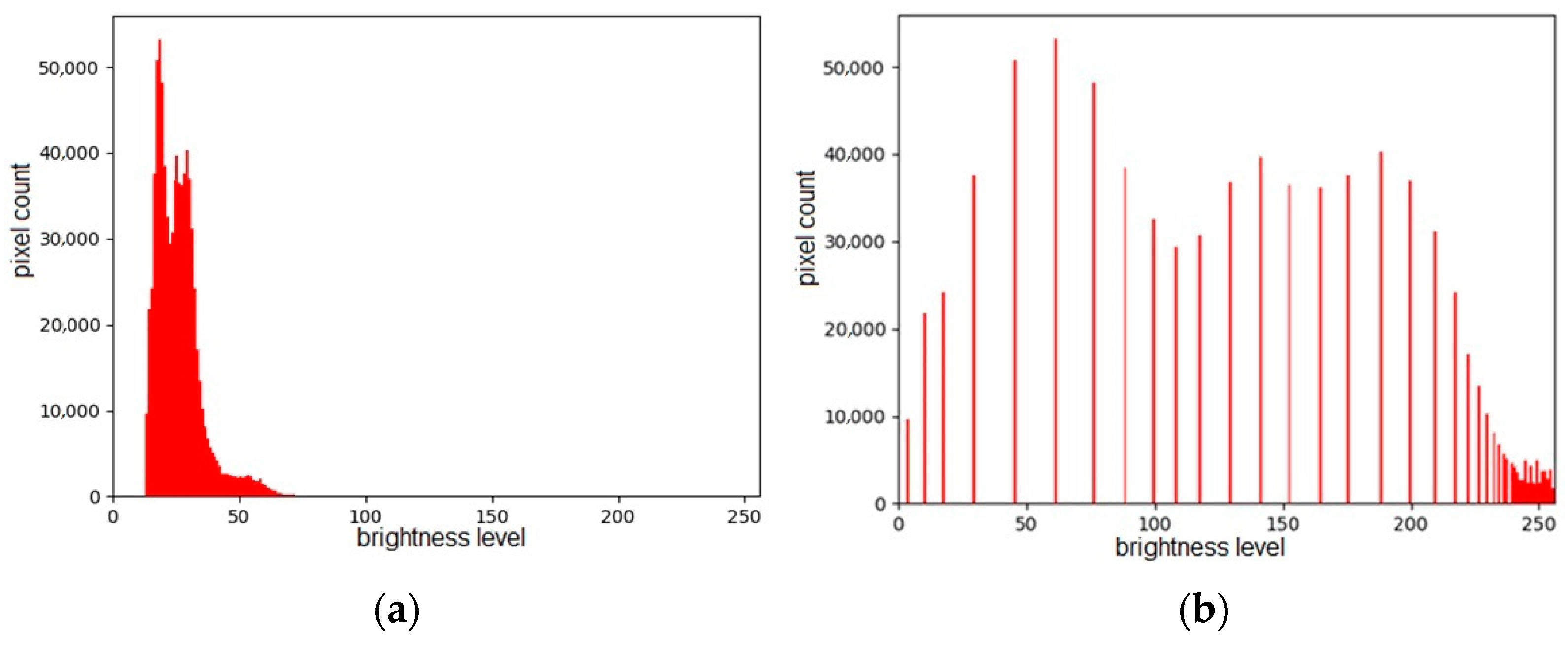
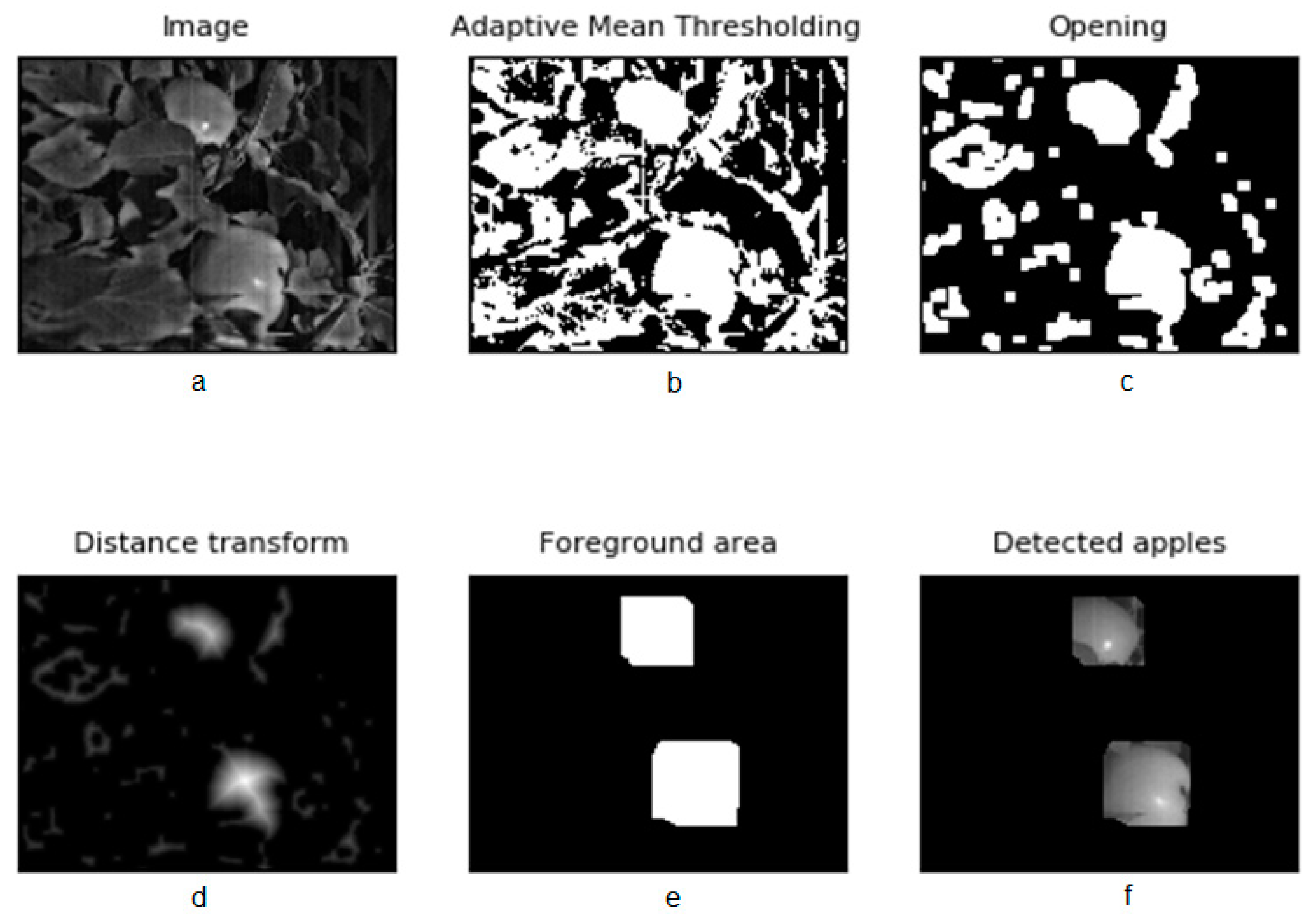
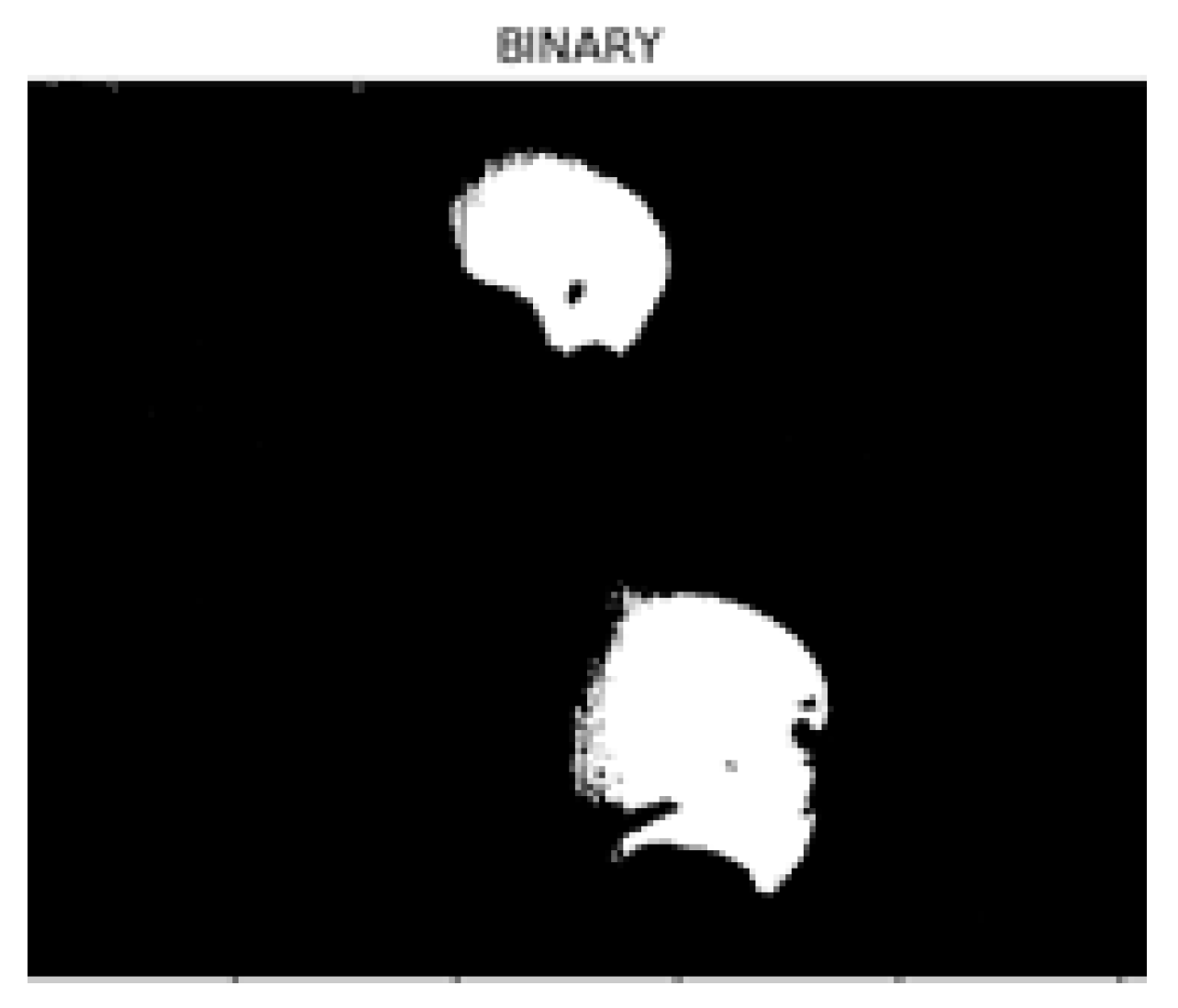
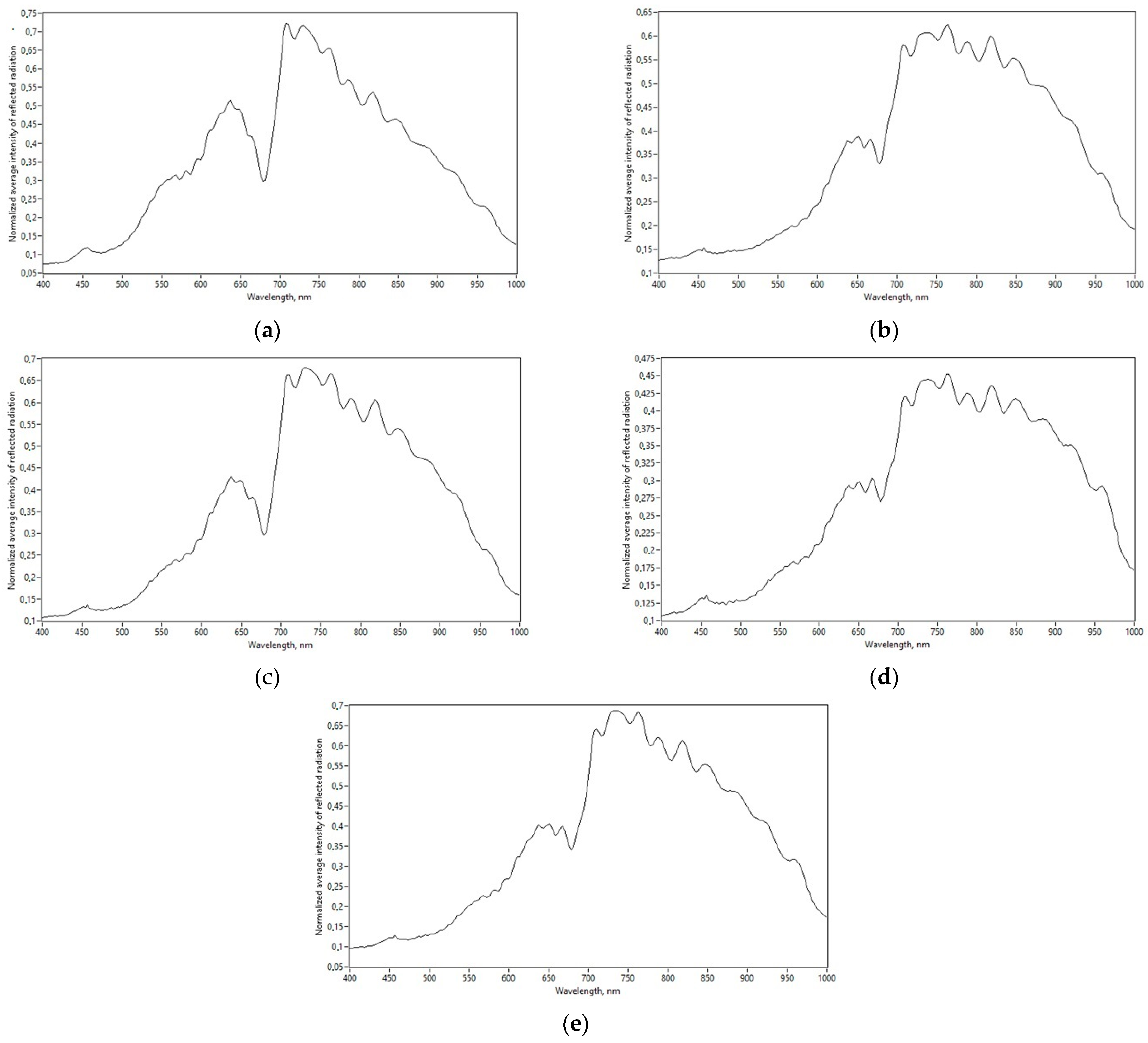
| Fruit Crops | Manufacturer | Navigation | Country |
|---|---|---|---|
| Apples | Abundant Robotics | Lidar | USA |
| FF Robotics | - | Israel | |
| Strawberries | Dogtooth Technologies | GPS | UK |
| Rubion Octinio | IR Tags | Belgium | |
| Thorvald II | Lidar | Norway | |
| Agrobot SW 6010 | - | Spain | |
| Bell pepper | Sweeper | Visual | Netherlands |
| Asparagus | Cerescon | - | Netherlands |
| Tomatoes | Metomotion | Visual | Israel |
| Root-AI | Visual | USA | |
| Oranges | Energid | - | USA |
| Cherries | Cherry-harvesting robot | Visual | Japan |
| Agribot | GPS | Spain | |
| Cucumbers | VanHenten | - | Netherlands |
| Eggplant | Hayashi | Visual | Japan |
| Asparagus-harvesting robot | Visual | Japan | |
| Watermelons | Umeda | Visual | Japan |
| Mushrooms | Agaricusbisporus | Visual | UK |
| Sort | Class | k1 | k2 | k3 | k4 | k5 | k6 | k7 |
|---|---|---|---|---|---|---|---|---|
| IMRUS | 0 | −90,772.2 | 72,274.5 | 432.2 | 224.9 | 113.8 | −141.8 | −198.1 |
| 1 | −24,073.2 | 33,071.5 | 226.1 | 139.6 | 116.9 | −39.36 | −143.5 | |
| 2 | −7872.68 | 15,772.93 | 229.67 | 95.6 | 132.42 | −61.36 | −171.70 | |
| 3 | −18,502.0 | 19,299.0 | 231.7 | 147.8 | 97.2 | −28.3 | −113.0 | |
| 4 | −27,195.1 | 21,123.5 | 290.0 | 214.5 | 103.7 | −18.6 | −145.4 |
Disclaimer/Publisher’s Note: The statements, opinions and data contained in all publications are solely those of the individual author(s) and contributor(s) and not of MDPI and/or the editor(s). MDPI and/or the editor(s) disclaim responsibility for any injury to people or property resulting from any ideas, methods, instructions or products referred to in the content. |
© 2023 by the authors. Licensee MDPI, Basel, Switzerland. This article is an open access article distributed under the terms and conditions of the Creative Commons Attribution (CC BY) license (https://creativecommons.org/licenses/by/4.0/).
Share and Cite
Zhiqiang, W.; Balabanov, P.; Muromtsev, D.; Ushakov, I.; Divin, A.; Egorov, A.; Zhirkova, A.; Kucheryavii, Y. A System for the Direct Monitoring of Biological Objects in an Ecologically Balanced Zone. Drones 2023, 7, 33. https://doi.org/10.3390/drones7010033
Zhiqiang W, Balabanov P, Muromtsev D, Ushakov I, Divin A, Egorov A, Zhirkova A, Kucheryavii Y. A System for the Direct Monitoring of Biological Objects in an Ecologically Balanced Zone. Drones. 2023; 7(1):33. https://doi.org/10.3390/drones7010033
Chicago/Turabian StyleZhiqiang, Wang, Pavel Balabanov, Dmytry Muromtsev, Ivan Ushakov, Alexander Divin, Andrey Egorov, Alexandra Zhirkova, and Yevgeny Kucheryavii. 2023. "A System for the Direct Monitoring of Biological Objects in an Ecologically Balanced Zone" Drones 7, no. 1: 33. https://doi.org/10.3390/drones7010033
APA StyleZhiqiang, W., Balabanov, P., Muromtsev, D., Ushakov, I., Divin, A., Egorov, A., Zhirkova, A., & Kucheryavii, Y. (2023). A System for the Direct Monitoring of Biological Objects in an Ecologically Balanced Zone. Drones, 7(1), 33. https://doi.org/10.3390/drones7010033






